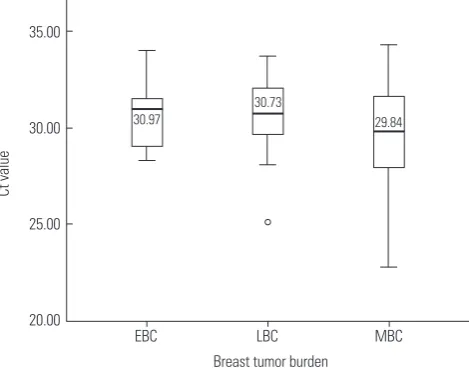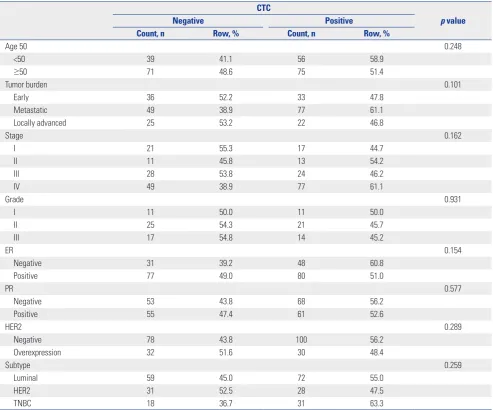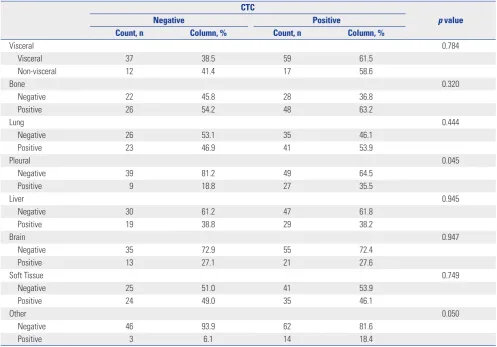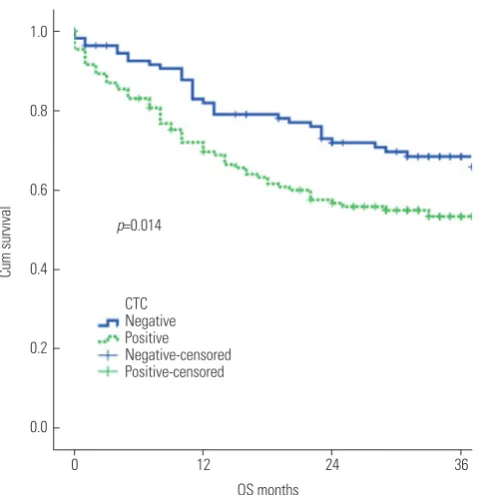Detection of Circulating Tumor Cells in Breast Cancer Patients Using Cytokeratin 19 Real Time RT PCR
Full text
Figure




Related documents
H1: Postoji pozitivna veza između zadovoljstva sustavom isporuke vrijednosti i lojalnosti poslovnih korisnika tvrtke „SWING Consulting“ d.o.o.. H1.1: Postoji pozitivna
The literature studies on positioning and retailers’ positioning have shown that retailers could also differentiate themselves by introducing new formats and new business models
Phosphodiesterase type 5 (PDE5) inhibitors [sildenafil citrate (marketed as Viagra and Revatio), vardenafil hydrochloride (mar- keted as Levitra), and tadalafil (marketed as
treatment groups. One study showed clinical improvement with IVIG followed by IVMP therapy at week 3, which was slightly improved compared with the improvement.. seen with IVMP only.
of pigmented conjunctival lesions, (2) clinical management of CM and the use of adjuvant therapy, and (3) sentinel lymph node biopsy (SLNB)..
Out of all the bacterial isolates recovered from the refrigerated processed food samples, Corynebacterium kutscheri had the highest antibiotics resistant (APX,
The logic goes as follows: if the marginal rate for a high earning person is increased, they will experi- ence the above mentioned substitution effect (incentive to decrease their
Interestingly, the productivity of PikAIIITE V753A towards 1b increased about ~10-fold compared to the wild-type (Figure 12-13), contrary to the analogous DEBS AT6